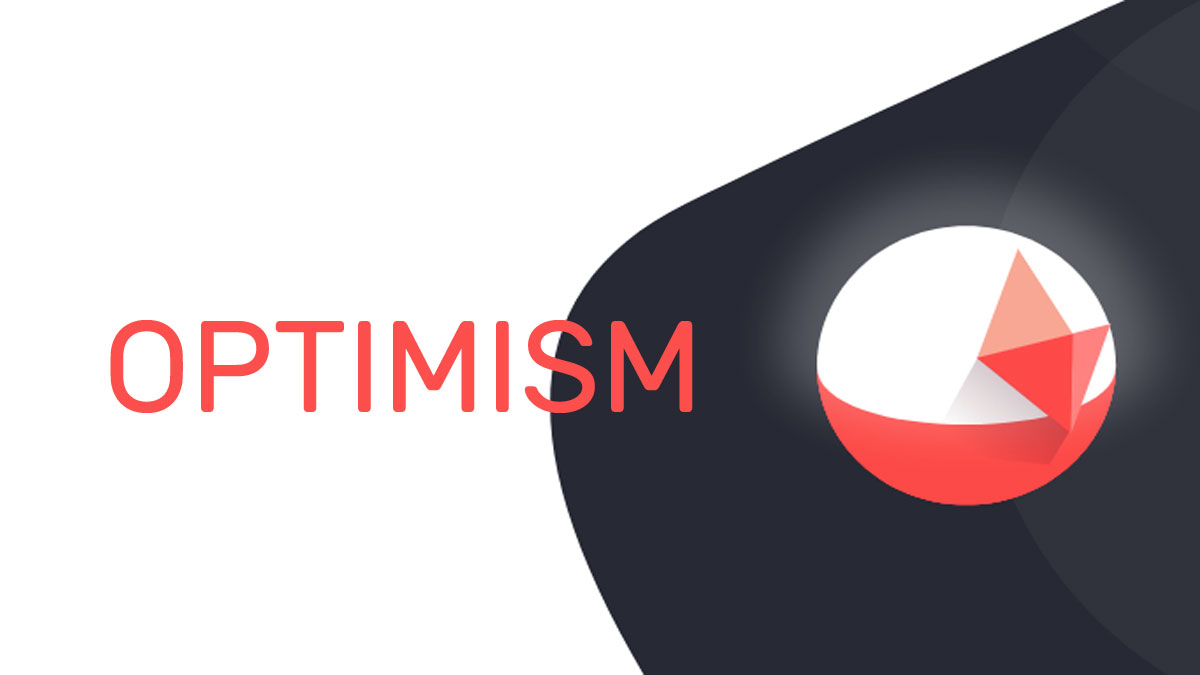Ethereum layer-2 scaling provider Optimism has introduced new superchain features for its Layer-3 devs to help increase the output of its blockchain.
Optimism, a provider of scaling solutions for Ethereum, intends to increase the throughput of its blockchain by integrating layer-3 applications onto the OP Stack.
The Optimism team announced on May 8 that layer-3 participants are now welcome to join the Superchain, where they can contribute to the Optimism Collective’s revenue and expand upon the OP Stack.
The Open Platform Stack (OP Stack) is the foundational Superchain development codebase. However, the team clarifies that its utility extends beyond L2 chain deployers and application designers, adding that an ecosystem of L3s can also leverage it.
OP Chains, which are layer-2 chains that share open-source technology, security, and communication layers, comprise the Optimism Superchain.
The report noted that while Layer-3s will be eligible for airdrops, developer grant programs, and retro funding eligibility, specific features, such as interoperability, may be restricted.
To host application-specific decentralized applications, layer-3 protocols are constructed upon layer-2s. These protocols offer improved solutions in terms of scalability, performance, interoperability, customization, and costs.

Two significant developments on the OP Stack are forthcoming to assist L3 developers: “Plasma Mode” and custom gas tokens.
In the final phases of development, custom gas tokens enable developers to utilize a layer-2 token as the native gas token for a layer-3 protocol. This feature is in high demand. This reduces enrollment expenses because costly transactions transferring gas tokens from L1 to L2 and then to L3 are unnecessary.
As an alternative to the data availability layer, Plasma Mode can decrease the fixed overhead expenses associated with administering an L3 compared to an L2. The capacity of network participants to access and authenticate the data recorded on the blockchain is referred to as data availability.
Providing layer-3 functionality and features is an effort to increase the accessibility of the Optimism Superchain to developers.
L3 is not, nevertheless, universally embraced as the optimal approach for scaling Ethereum. Marc Boiron, the chief executive officer of Polygon, argued in April that layer-3 networks were excessive and could increase Ethereum’s security risks by capturing value from the network.
Boiron, who stated on May 9 that “L3s are worse than L2s,” reaffirmed his position and added:
“L2s allow you to settle back to Ethereum frequently and quickly. L3s do not. They always need to pass through their L2 overlords.”
L3s, according to a late 2022 statement by Vitalik Buterin, co-founder of Ethereum, will provide “customized functionality” instead of facilitating scalability.
L2beat reports that rollup-based Optimism, also known as OP Mainnet, is the second largest layer-2 network with a locked-in value of $6.76 billion, or approximately 18% of the market.



